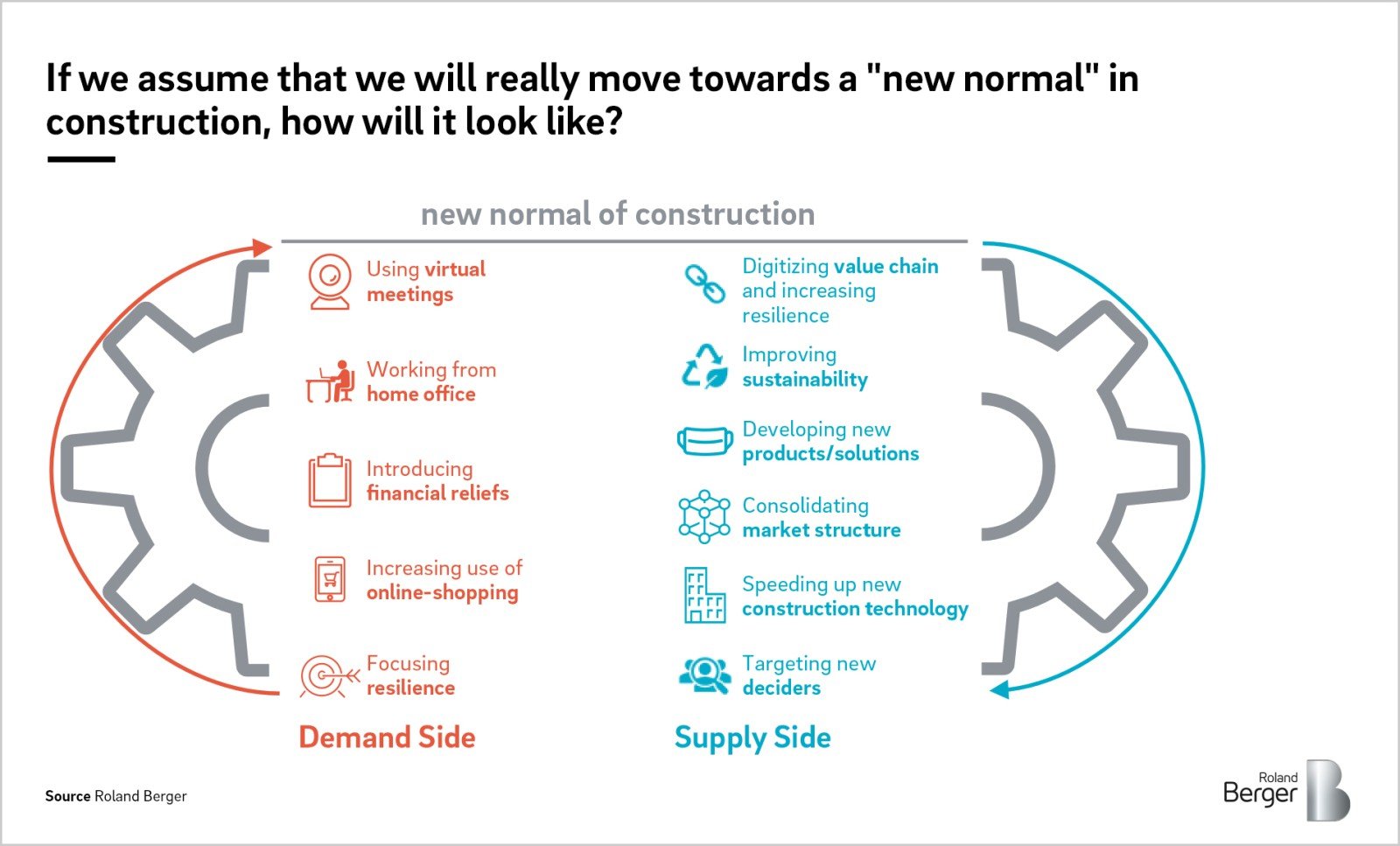
More than ever before, eliminating uncertainty and establishing a unified culture within a job site is paramount.
Reduced staffing on job sites, halted projects and mandatory work-from-home orders for the corporate headquarters have seriously affected the construction industry, drastically impacting operations over the last few weeks. Eventually, it will be safe to begin transitioning to a new normal; however, various institutions will be permanently altered and construction will certainly be one.
Construction is one of the oldest industries in the world, yet it has been notoriously slow to invest in technology to address major inefficiencies and risks. The past decade has been turbulent, having lasting implications for construction. After the financial collapse in 2008, the industry encountered a major labor shortage followed by an expansive boom in development projects nationwide, which amplified the need for faster, better methods of recruiting new workers and deploying them to job sites.
This made effective safety and workforce management even more critical. Without as many career contractors, construction workers, foremen and managers, the new hires were less skilled and less trained for the job. Today, as the world grapples with COVID-19, circumstances are changing rapidly and effective communication that reaches an entire organization is more important than ever before.
Unfortunately, traditional communication methods, like group jobsite orientations, word-of-mouth and safety huddles, are being heavily discouraged during the COVID-19 outbreak, leaving teams struggling to deliver essential information to those who need it most right now. By utilizing technology more efficiently, construction professionals can reduce costs and improve their bottom lines, enhance workforce skills, identify and address problems quickly, and communicate effectively to save lives.
Establishing a Culture
Even before the coronavirus shook the traditional jobsite environment, an alarming majority of construction companies had reported lacking a way to communicate directly with workers in the field. Throughout the coronavirus outbreak, some essential construction projects are moving forward while office and management teams are being required to work from home in an attempt to flatten the curve. Construction has traditionally been reliant on having a manager directly oversee the workforce; now we’re learning this is not always going to be a viable option.
More than ever before, eliminating uncertainty and establishing a unified culture within a job site is paramount. New technologies allow contractors to deliver information to their entire workforce instantaneously without any physical contact or requiring messaging to be delivered in-person. Deploying a digital communication platform allows managers and craft workers to communicate early and often with each other, sending timely updates with the push of a button, without requiring physical proximity. Remote communication, which also reduces the need for large group gatherings like safety huddles or toolbox talks, is more crucial than ever.
Beyond facilitating communication, having a virtual database for critical information such as orientation, certifications, training and more goes a long way in ensuring everyone is operating at their highest level, safely. This system is profoundly more resilient than traditional record keeping through word-of-mouth or a paper filing cabinet, especially with an exceptionally fluid workforce.
Technology allows construction companies to apply the lean concept across processes, especially when it comes to education and training. The ability to effectively determine where education is most needed and deliver training on a timely basis, along with features such as hazard awareness and other predictive features, can help reduce serious injuries and fatalities (SIFs). Construction leaders also can leverage technological innovation to deploy mobile-based training modules to move training initiatives forward without physical proximity.
Additionally, the availability of handheld and wearable tech has had a positive impact on worksite safety, general planning and overall project quality. The transparency and ease of access offered by certain technologies can not only reduce the risk of SIFs for workers on the front line but also reduce liability risk for construction professionals in the office who need to meet evolving compliance standards and regulations.
Right now, the construction industry is extremely well-positioned to innovate, using technology to share information, make swift, collective decisions and, ultimately, save lives. In looking ahead, likely trends include increased implementation of digital communication and training platforms, AI, machine learning and augmented reality, accelerating planning capabilities by finding better and more efficient ways to use materials and identifying faster ways to complete projects.
From data analysis to staff scheduling and training, technology has the capability to completely reshape the construction industry and create a more resilient infrastructure overall. These uncertain times, while unnerving, are also hopeful. This crisis can serve as a catalyst for a more innovative, efficient and safer way to work through technological innovation.
Shahin Aftabizadeh is the vice president of MindForge, a subsidiary of the International Risk Management Institute.
